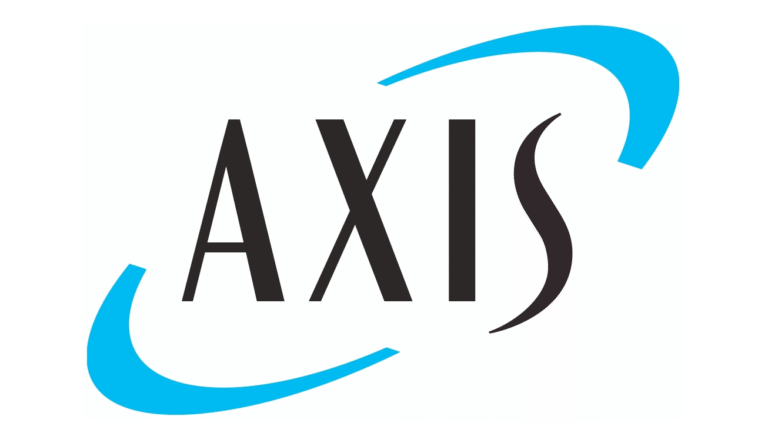
Peter Zaffino, Chairman and CEO of global insurer AIG, said the company is accelerating its deployment of generative artificial intelligence (Gen AI) to digest data more effectively and access a broader range of data points, helping underwriters make better-informed decisions, emphasising that speed drives growth.

He explained, “We are preparing this company to be in environments that are going to exist across the world. When you think about technology, things have progressed over the last six months, like what’s happening with advancements in large language models, or the orchestration in the future of agents that exist within organisations and different functions and different parts of underwriting. How do you manage through that?
“We are trying to accelerate implementation so we’re prepared for the changes that are happening at a rapid pace, based on the capital expenditures from the large tech companies, and we feel very good about what we’ve done.”
During the call, Zaffino provided examples of how AIG is applying Gen AI to its underwriting and claims processes.
“We started late last year with the rollout of underwriting by AIG Assist in our North America financial lines business, and we continue to see strong results. For our private, not-for-profit business, today we’re processing 100% of the applicable submissions using underwriting by AIG Assist, which has increased our submit-to-buy ratio. This quarter, we deployed underwriting by AIG Assist in our Lexington middle market, property and casualty business, in the E&S market, and for Lexington in particular, speed drives growth.”
He specifically discussed the application of Gen AI to Lexington Insurance Company, a surplus lines insurer and part of AIG.
“When we talk about Lexington, if you could ingest broker data faster and take unstructured, structured PDFs, all different formats and get it into an underwriting process, then have large language models accelerate that to the underwriter, that’s why I said speed matters. That’s what will drive growth. It’s not about driving more underwriting appetite; it’s about getting to things that are within our appetite and being able to service that business faster and at scale.”
Zaffino noted that middle market submission counts are growing dramatically, with nearly 200,000 submissions year to date. He said AIG simply cannot get to all the submission activity, and this is a problem that’s not going to be solved by simply adding underwriters.
To address this, he stated, “We are accelerating the rollout of underwriting by AIG assist and will deploy across the rest of our Lexington business by the end of 2025. We’ve also moved up the rollout to the rest of North America, UK and EMEA commercial lines by six months.
“As a reminder, we’ve also been piloting claims by AIG assist since last quarter, and we’re seeing terrific results. We’re reducing the time it’s taking our claims teams to receive first notice of loss reports and to issue coverage letters.”
Moreover, Zaffino explained that one of the main challenges in implementing Gen AI solutions is the time and effort needed to build an accurate source of data from a heterogeneous population of documents.
“To make it easier, we developed a patent pending approach called Auto extract,” he said. “Extract is a capability that uses large language models to pull specific structured information from unstructured text, such as documents in multiple formats, websites and conversations. It works by developing a content specific, large language model that generates prompts containing instructions on what to extract and then analyse the text and returns the requested data in a structured format. This solution makes it easier to process, analyse and use large amounts of data that would otherwise require extensive manual effort.”
Zaffino concluded by reiterating the benefits: “So it’s going to be better quality data, more data sources. Speed execution is going to be accelerated, and the underwriters are going to be able to make decisions faster and make more effective decisions.”





